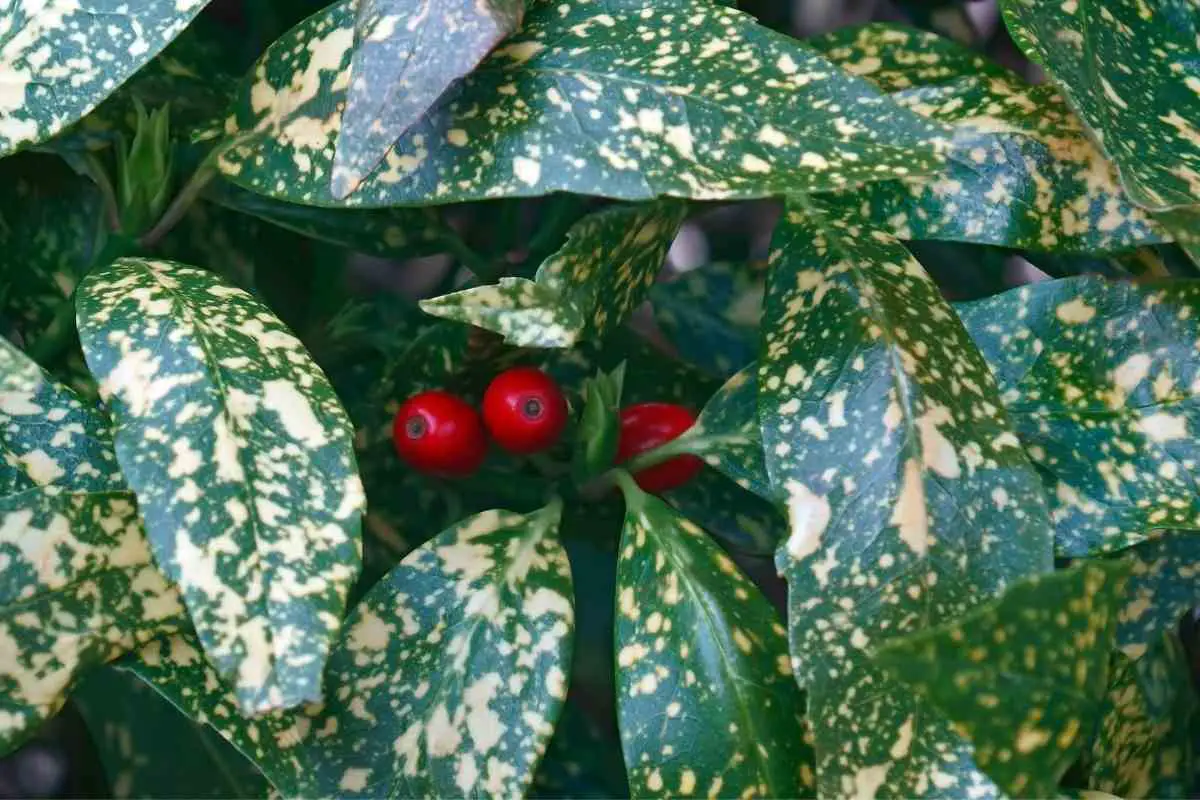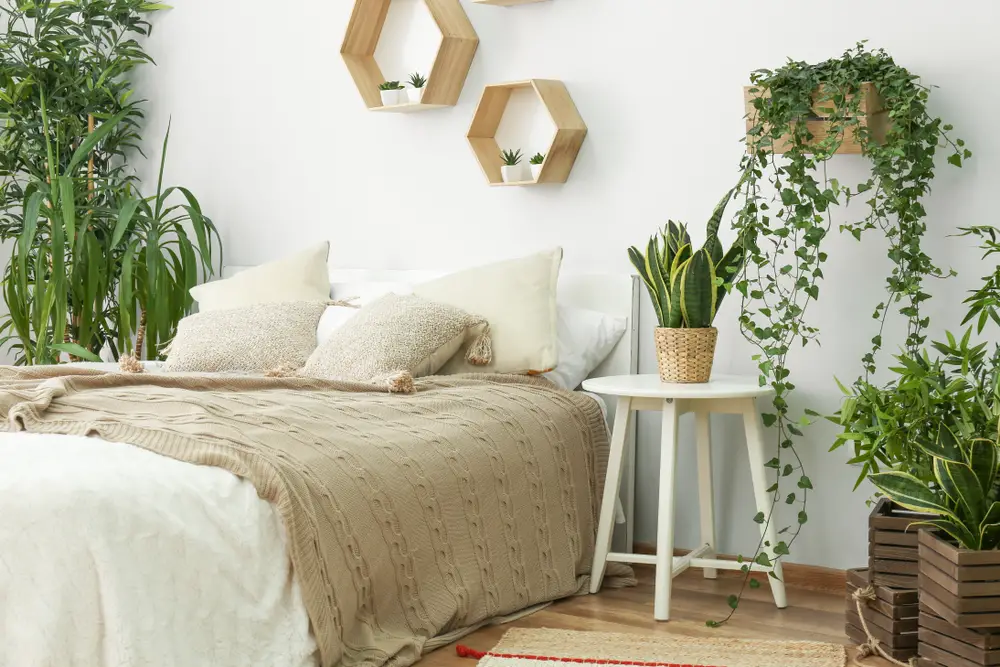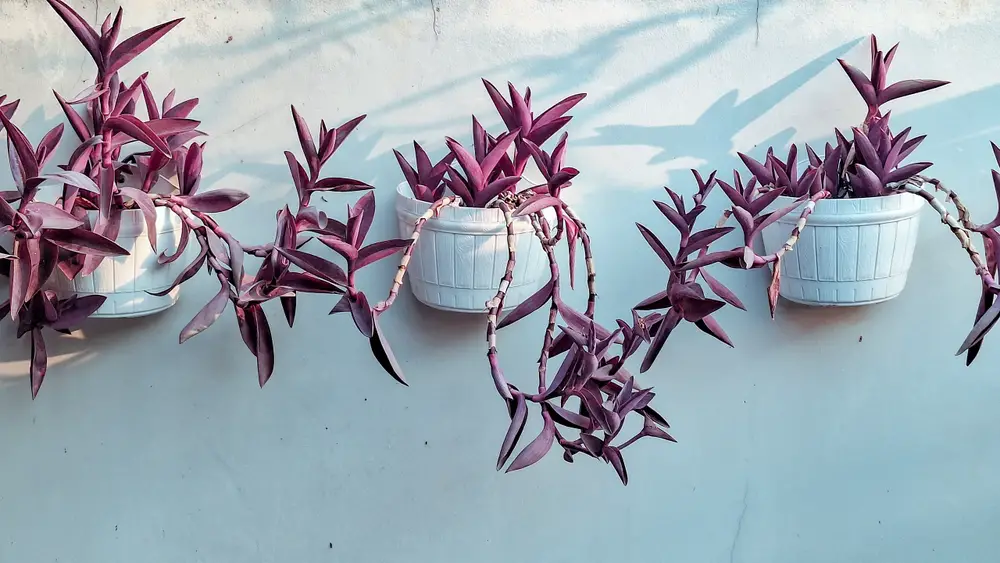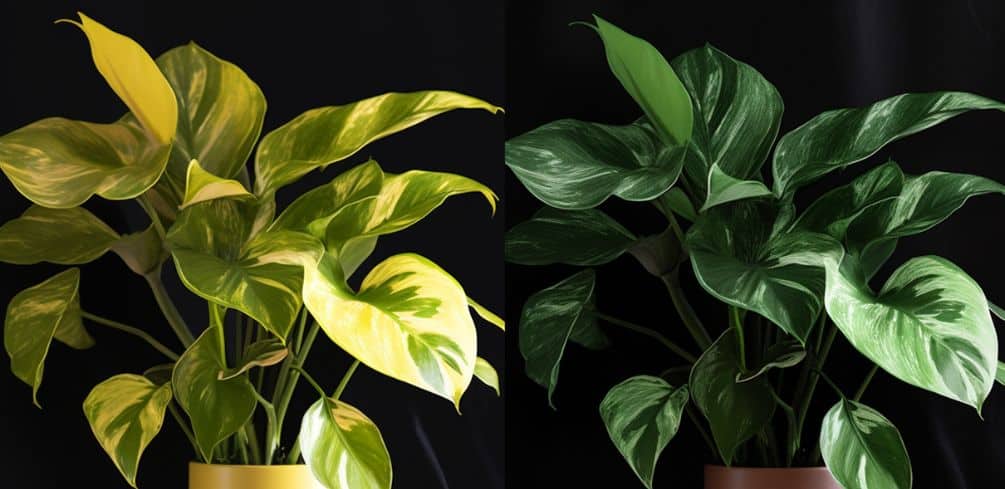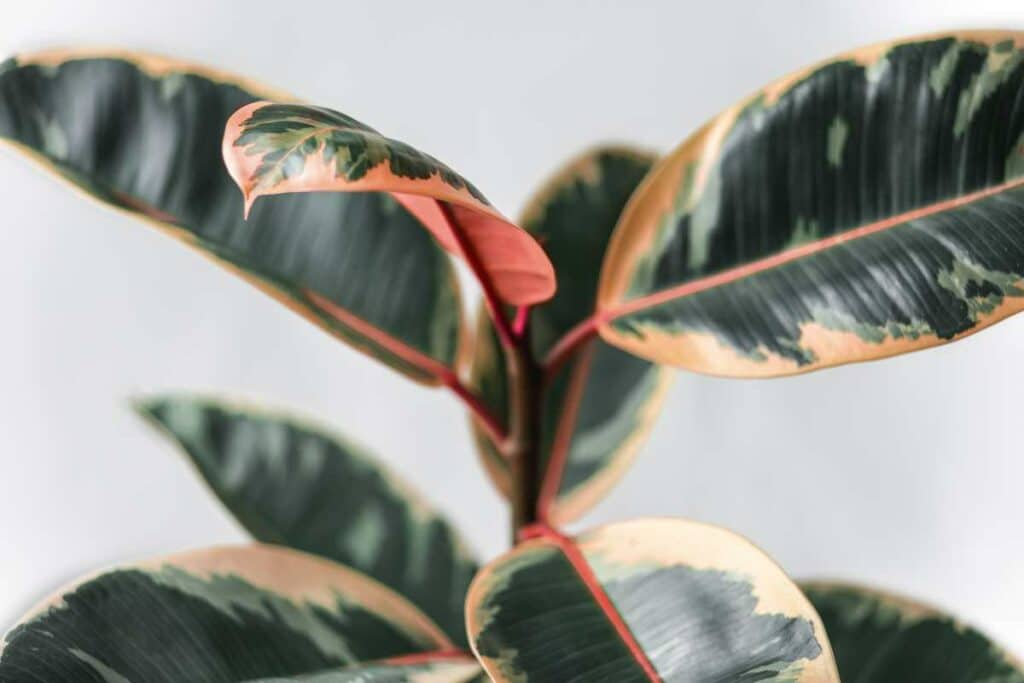It sounds like something out of a fairy tale and the gold dust plant is certainly something special.
These evergreen shrubs are ideal for outdoor spaces that need brightening up in the winter or can be kept as an indoor plant, with the proper care.
The main thing when it comes to keeping gold dust plants is that this plant must be in a fully shaded position as any more than just a small amount of morning sun will scorch the leaves and ruin the plant.
But don’t let that put you off investing in one or more of these beautiful plants.
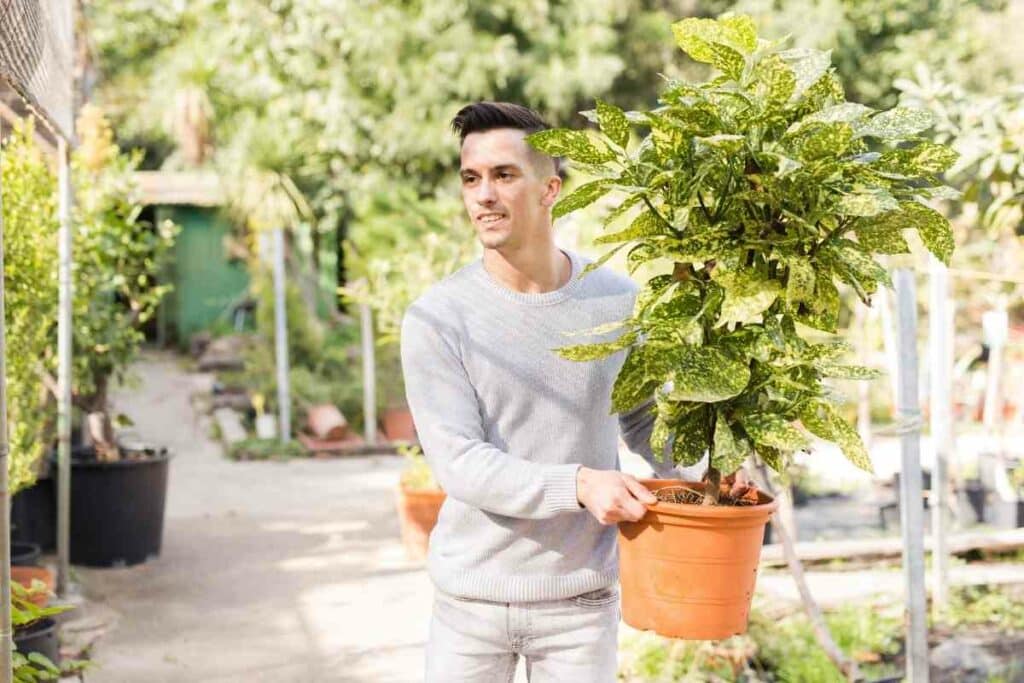
Caring for them is simple when you know how and in our in-depth guide, we will be providing you with all of the best tips and tricks to make your gold dust plants thrive!
What Is a Gold Dust Plant?
You can easily identify the gold dust plant by its beautiful dark green leaves that are speckled with gold splashes.
It’s pretty clear where the plant gets its name but scientifically speaking, you’d call it Aucuba Japonica.
Needless to Say – The clue is in the name so it won’t come as a surprise when we tell you that the gold dust plant is native to Japan.
One of the most outstanding things about the Aucuba Japonica is how hardy it is, while it does require quite specific conditions, it can easily withstand drought and won’t give up without a fight.
It is possible to keep your gold dust plant indoors and we will go into this later on.
However, for the most part, they do very well outside and when properly looked after, you could expect it to grow as tall as ten feet!
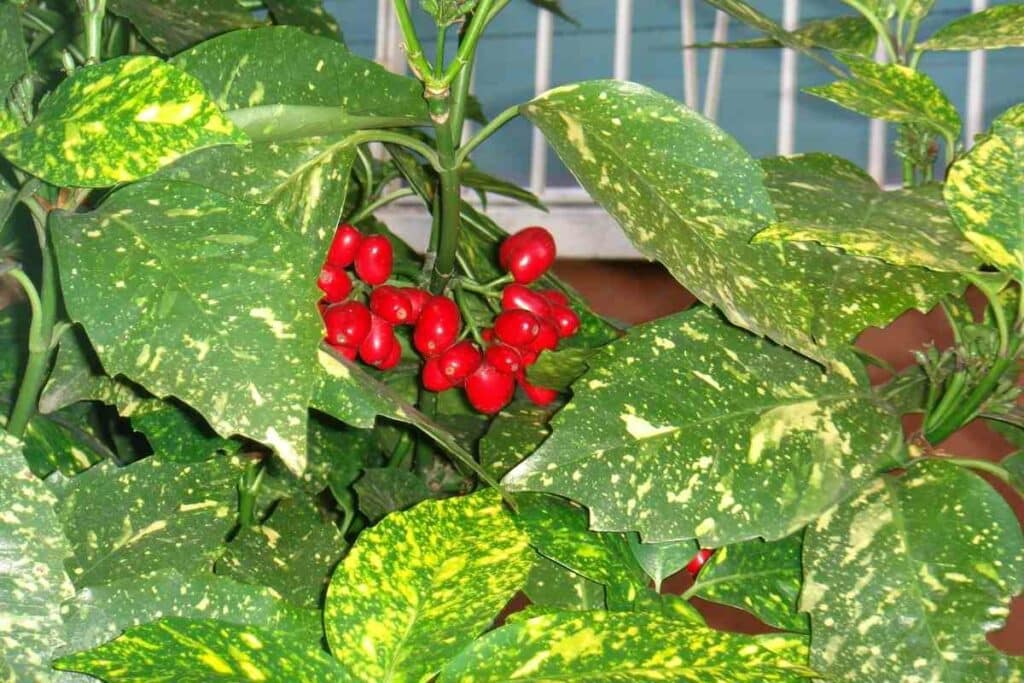
What’s great about this is that, over time, they can grow to be used for privacy.
The gold dust plant is slow growing and being an evergreen plant, it’ll thrive year round which is why many people choose to have it in their gardens when all of the other plants have died back for the winter.
It’ll certainly keep things looking vibrant as it isn’t only the leaves that have a unique appearance.
What to Expect? The females of these plants will also produce bright red berries and during the spring months, it isn’t uncommon for the plants to bloom with beautiful purplish colored flowers.
Are Gold Dust Plants Safe for Children and Pets?
Generally speaking, the gold dust plant isn’t toxic to humans.
It probably wouldn’t cause too many problems for common household pets such as dogs or cats in very small amounts but owners should be aware that when ingested, these plants could be dangerous to your pets.
For cats and dogs, this may result in symptoms such as:
- dizziness
- nausea
- vomiting
- diarrhea
- weakness
- and problems with coordination
If you suspect that your cat or dog has ingested a gold dust plant, you should seek medical attention from your vet as soon as possible.
Light
While the gold dust plant is incredibly hardy in many ways, it doesn’t do well if the light conditions are anything less than perfect.
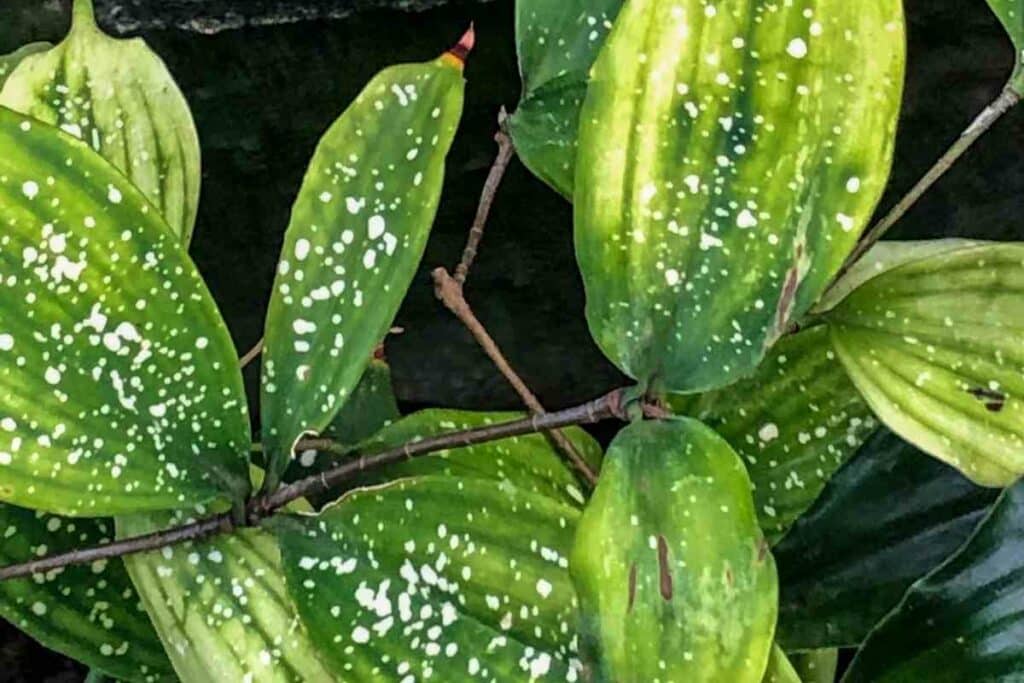
The best place for your gold dust plant is a shady location where it may receive a small amount of filtered light.
If you attempt to place your gold dust plant in full sun or even a spot where it receives a small amount of direct sunlight each day, there is a very significant risk that the leaves will scorch and your plant will be ruined.
Soil
Naturally, the gold dust plant grows in woodland areas.
That explains a lot when trying to understand why these plants thrive in such shady conditions but it’ll also tell you a lot about the type of soil that these shrubs require.
In Their Natural Environment – Gold dust plants will do best in very rich, well drained soil and this should be replicated when growing them at home.
Choose your potting soil carefully and then enrich this using a mature compost for the best results.
This applies both when planting a new gold dust plant and when repotting; but more on that later!
Water
It is so easy to get watering wrong when taking care of plants at home but when it comes to the gold dust plant, you needn’t worry too much.

We have mentioned that these are incredibly hardy plants and one of the things that they’re well known for is how drought-resistant they are.
However, ideally speaking, your gold dust plant will thank you if you maintain damp soil at all times. You can do this by watering it a couple of times a week.
In Wetter Weather – You may be able to drop this down to once a week but it’s essential to read the conditions and water accordingly.
We must go back to the point about using well-drained soil as while the gold dust plant does like consistent moisture, overwatering can cause problems.
Most Commonly: You may notice issues with root disease and even stress which could lead to the death of your plant.
Conditions
Gold dust plants do very well in average temperatures and we would not recommend allowing this temperature to drop below 53ºF (12ºC).
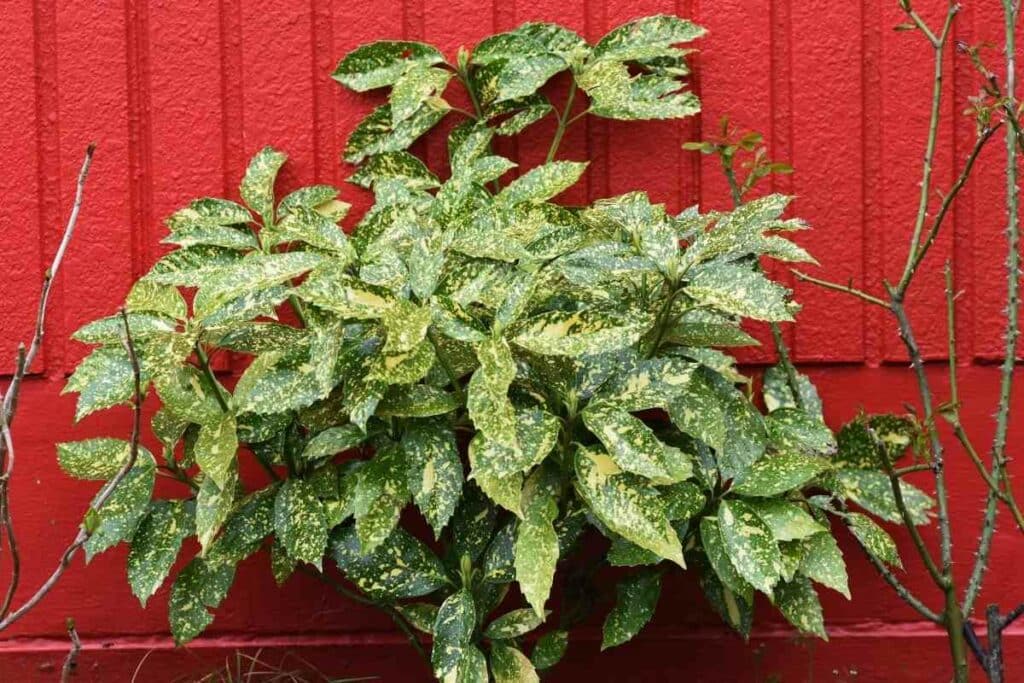
If the temperature in your local area drops below this consistently during the winter then it may be a good idea to bring the plant indoors or keep it in a greenhouse.
Another important aspect in caring for the gold dust plant is getting the humidity levels right. These plants enjoy high humidity so it’s important to make sure this is raised if needed.
You could try things like:
- misting your plants
- grouping them
- or even adding pebbles to the container to boost humidity
You might also try growing your plants in a terrarium but this is usually done for species that require exceptionally high levels of humidity and isn’t normally needed for the gold dust plant.
Fertilizer
An important part of taking care of any type of plant is ensuring that it is well fed and the gold dust plant is no exception to this rule.
You will need to stay on top of fertilizing and setting up a monthly schedule is the best way forward.
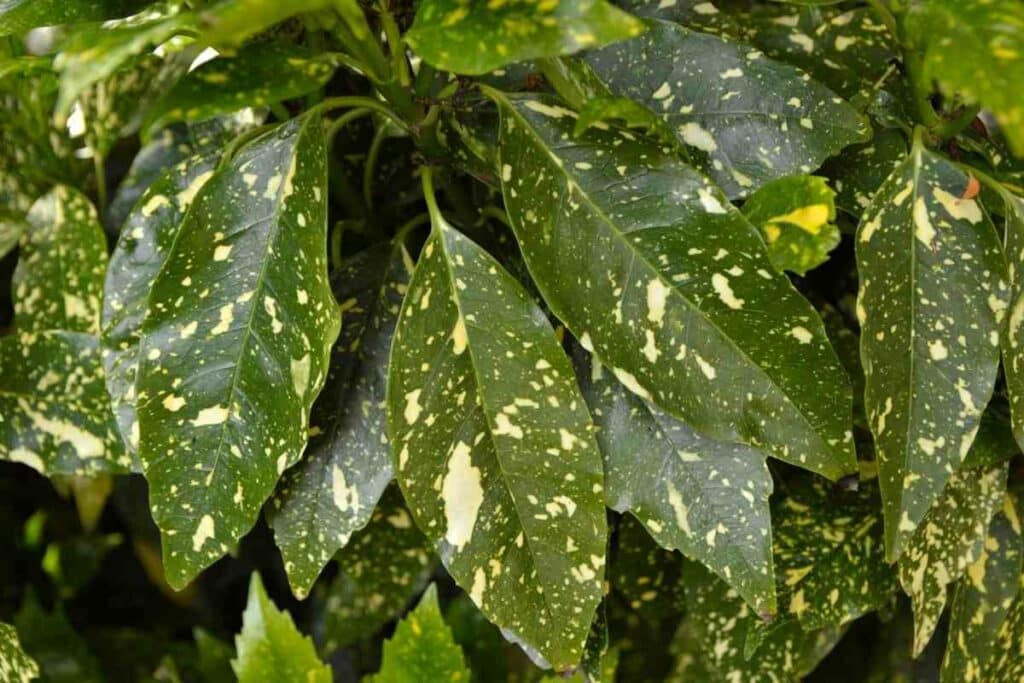
Do keep in mind that you will need to use a water soluble fertilizer for a gold dust plant as they will provide much more even feeding for your plant, giving it the best chance at good health.
Moreover: Provided that you use the fertiliser correctly, you won’t be able to burn the plant or cause any other damage. If that wasn’t incentive enough, you’ll find that water soluble fertilizers are also incredibly affordable.
Pruning
The gold dust plant is a slow-growing plant so many people fall into the mistaken belief that it doesn’t need to be pruned very often.
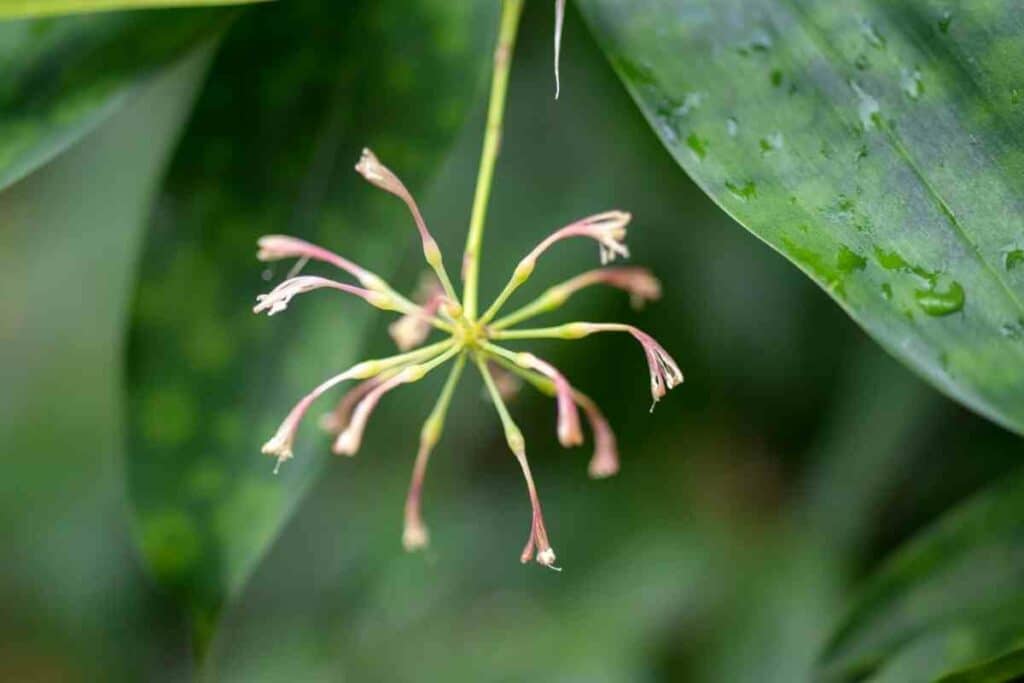
However, that isn’t the case and especially in the spring, these shrubs can become quite leggy meaning the stems outgrow the leaves.
For This Reason – It’s super important to stay on top of pruning and keep checking it and cutting it back as needed. This is, of course, less important when keeping your plants outdoors as there’s likely much more space for them.
But if you are keeping your gold dust plant indoors then it becomes even more important to regularly prune, unless you want an indoor jungle!
The great thing about this is that you will not only be able to cut back the foliage but you’ll also be able to trim the plant to the most suitable height.
Repotting And Propagating Your Gold Dust Plants
It is not uncommon for gold dust plants to become pot bound.
This is when the roots begin growing to the shape of the container due to a lack of space. Eventually, this will lead to the strangulation of the plant, killing it before its time.
For this reason, you may need to repot your gold dust plant as it grows.
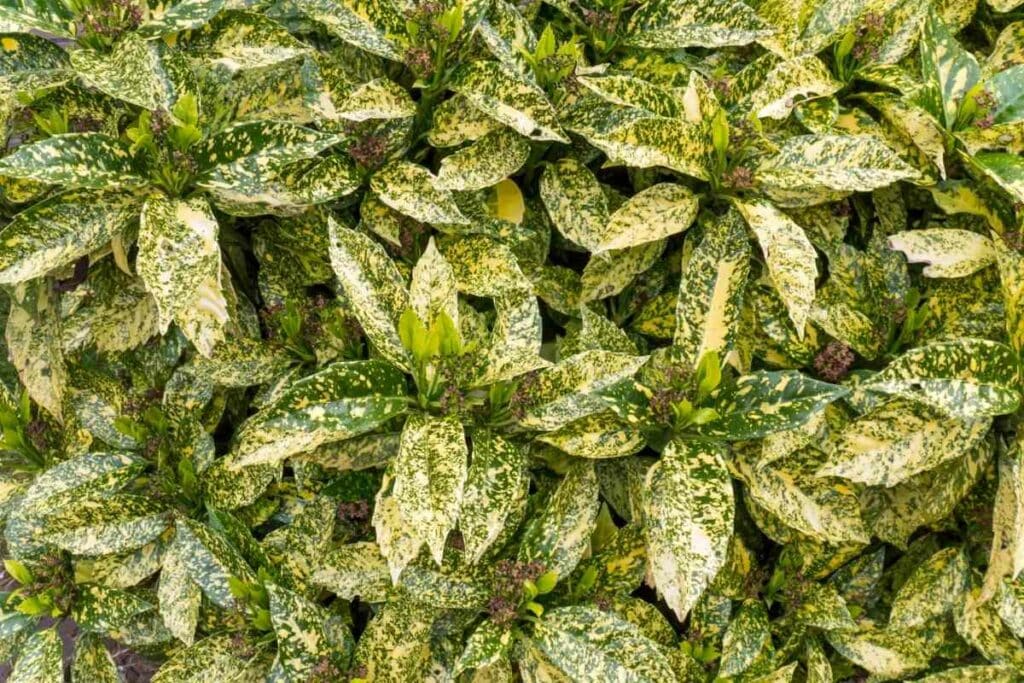
As a general rule of thumb, you will need to do this every couple of years until the plant reaches full size but it’s best to repot at the beginning of the growing season.
Also, don’t be tempted to transfer the plant into a pot that is far too large, just go up one size each time you repot.
You won’t generally need to replace all of the soil as most of it can go with the plant but you may need to add a couple of fresh inches on the top.
When it comes to propagating your gold dust plant, you will need to take cuttings from the stems at the beginning of the growing season.
There are some plants that can be propagated in water but this isn’t the case with the gold dust plant; you will need some good quality potting soil.
It’s then simply a case of inserting the stems and providing the correct care to allow the plant to establish.
What Common Problems Are There With Gold Dust Plants?
Provided you give good care to your gold dust plant, there shouldn’t be too many problems.
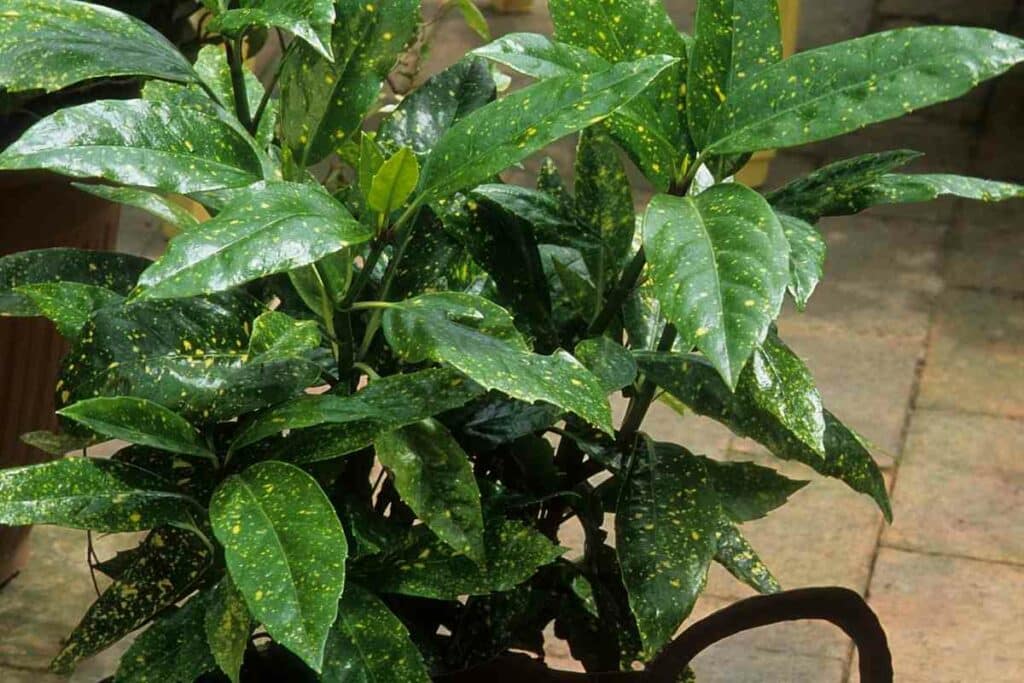
We’ve said it more than once and we will say it again; these are hardy plants but don’t get too complacent as there are a couple of problems that you will need to keep your eye out for:
- Root rot is very common in gold dust plants and this is usually a result of overwatering. Once this sets in, it can be incredibly difficult to reverse and you’ll usually just end up having to replace the place. For this reason, prevention is certainly better than cure so always be mindful of the amount of water you’re giving the plant.
- The gold dust plant is prone to a number of pests and the most common one is the spider mite. This is because they need to be kept humid and these little critters thrive in similar environments. You may also have problems with aphids, mealy bugs, and scale insects but all of these can be dealt with by simply wiping over the leaves with oil.
- If you notice that the leaves of your gold dust plant are changing from dark green to yellow or brown this could be a sign of root disease or rot. Again, this can be difficult to address so just make sure that you use well draining soil and monitor how much water you use.
Conclusion
The Aucuba Japonica, more commonly known as the gold dust plant, is an evergreen shrub that does well both indoors and in the garden.
It’s relatively easy to take care of thanks to its hardy nature although there are a few key things to keep in mind to avoid problems.
Make sure your plant is kept in a shaded location and avoid overwatering.
You May Also Like
- Philodendron Care, Varieties, And Aesthetic Home Arrangements
- Best House Plants for Low Light – Thriving Indoors with Minimal Sunlight
- 15 Air-Purifying Houseplants That Release The Most Oxygen
- Purple Houseplants: Your Guide to Dramatic Indoor Beauty
- Philodendron Moonlight Vs. Golden Goddess
- How to Revive Your Rubber Plant: 6 Tips to Help Your Rubber Tree Thrive Again
